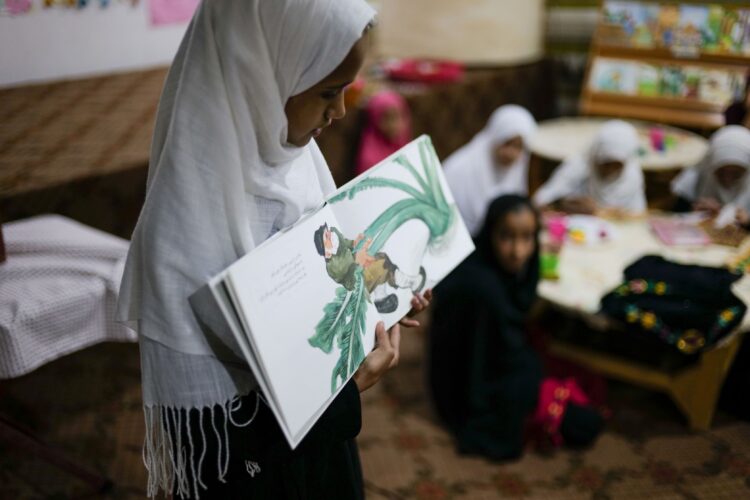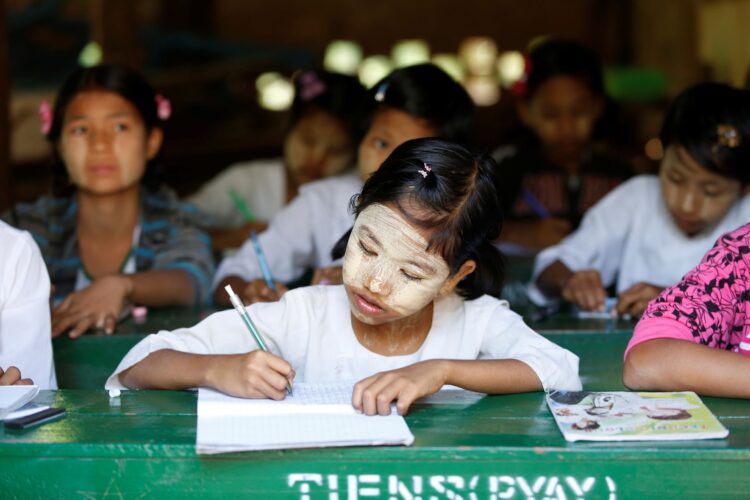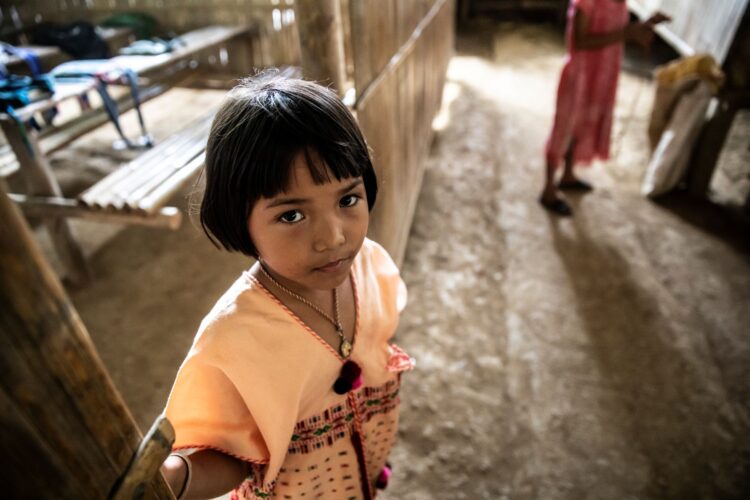30 Years Since the Great Hanshin–Awaji Earthquake: A Multifaceted Perspective on Disaster Prevention, Mitigation, and Relief
A message from Sachiko Asano, Director of SVA, who initially joined SVA’s efforts as a volunteer during the earthquake and later continued as a staff member.
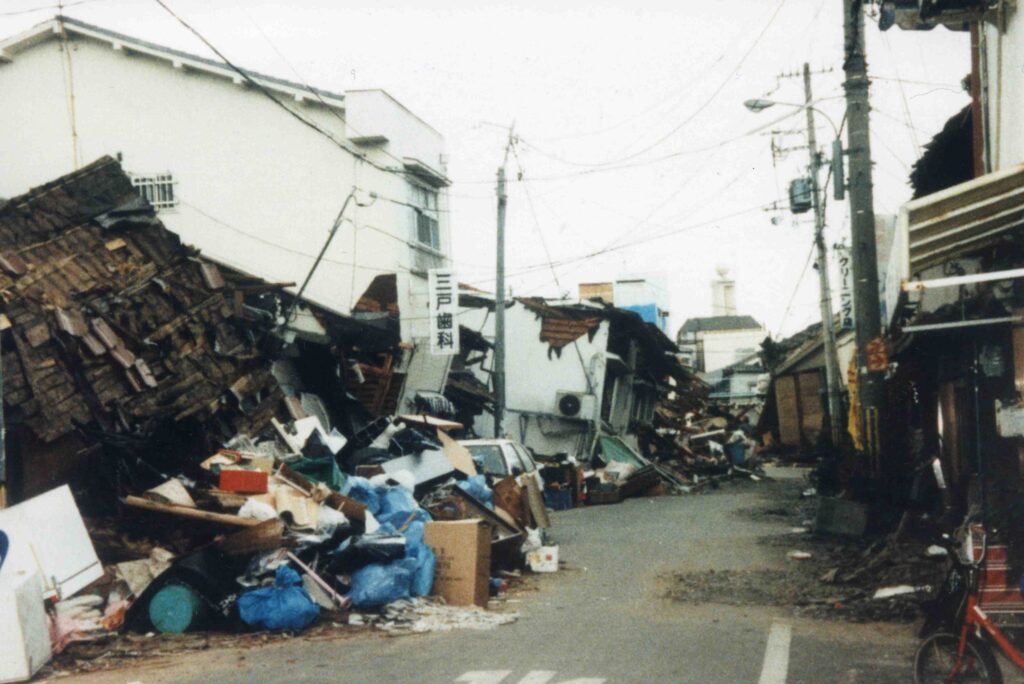
(Photo: Collapsed houses jutting into the street)
It has now been 30 years since the Great Hanshin–Awaji Earthquake struck on January 17, 1995. I first participated in SVA’s activities as a student volunteer, and from the autumn of that year, I became involved in post-disaster reconstruction and community development in the Mikura and Sugawara districts of Nagata Ward, Kobe—following the relocation of SVA’s office there. Eventually, I continued this work as contract staff.
As the first major earthquake to affect a big city in postwar Japan, this disaster taught us many lessons—from managing evacuation shelters and coordinating volunteers to supporting vulnerable groups such as people with disabilities and foreign residents, fostering community in temporary housing, and planning reconstruction. Supported by the initiative, creativity, and energy of countless volunteers, Shanti was able to carry out a wide range of support activities.
These included hot meal services, distribution of supplies, children’s support programs, bathing services for homebound elderly evacuees, visits by monks offering emotional care, community support in temporary housing during the recovery phase, assistance with reconstruction planning, and broad volunteer networking.
-1024x718.jpg)
(Photo: Children’s project activity)
While assisting with community-based rebuilding in Nagata, I saw the positive impact on residents’ vibrancy. However, without specialized training, I came to understand the limitations of volunteer support and the crucial importance of collaboration with professionals aligned with local needs.
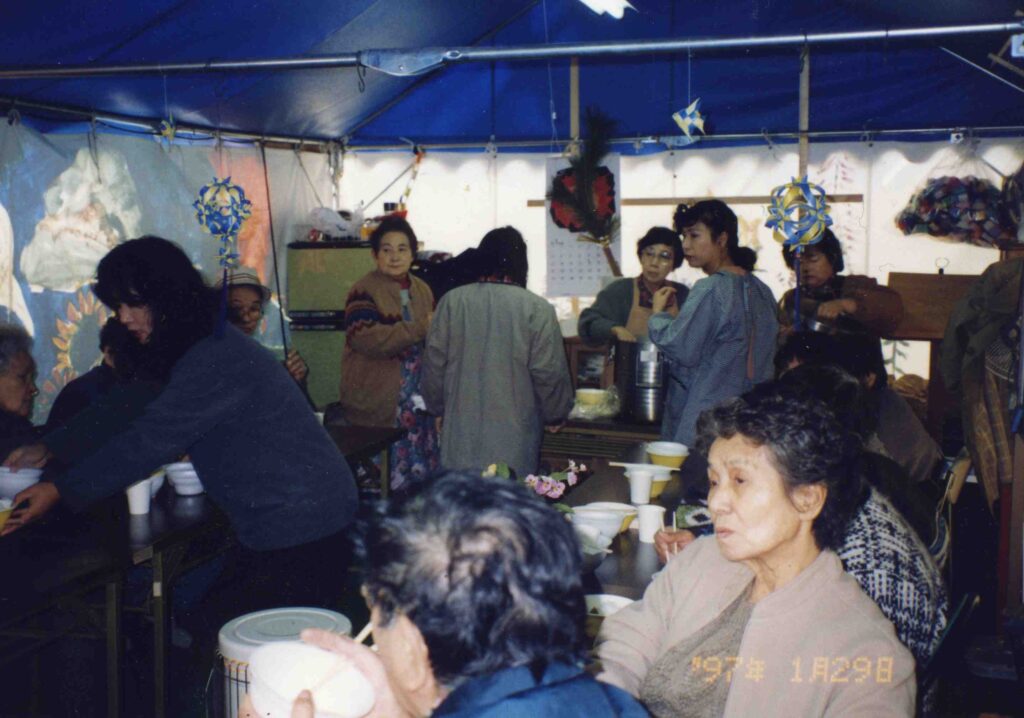
(Photo: A communal meal held in a tent at a temporary housing site)
One major challenge at the time was the lack of women’s perspectives in disaster support. Women’s groups in the disaster area raised important issues—privacy, hygiene, safety, child care, elder care, and job loss (many non-regularly employed women lost their jobs)—but these were not widely acknowledged. Nevertheless, women’s efforts in memoir writing and documentation made valuable contributions to later initiatives.
Even today, women are still underrepresented in decision-making bodies like disaster policy committees, shelter management teams, and reconstruction councils. However, the efforts and advocacy by women at that time have gradually led to improvements in national policy—such as the Cabinet Office’s Shelter Management Guidelines, assigning female staff in municipal crisis management departments, and active training of female disaster leaders.
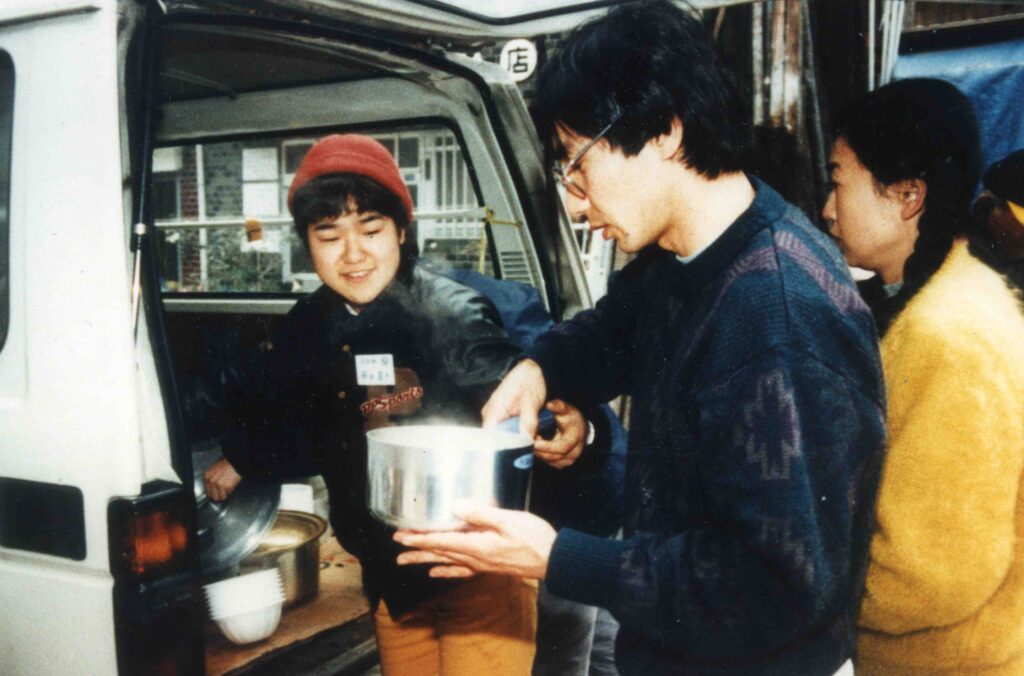
(Photo: Volunteers preparing meals)
In Nagata, I worked to empower women through daily, mindful engagement, helping women—who often played vital roles in the background within community initiatives—to assert their experience and potential by supporting the formation of women-led reconstruction groups.
Today, while disaster relief volunteering has become more specialized for some, participation remains diverse—from individuals to groups. To streamline coordination in the field, there is a growing movement to establish permanent prefectural volunteer networks during normal times. Yet, certain areas like support for women and foreign residents remain insufficiently connected to these networks—hence, ongoing challenges.
At the same time, compared to 1995, our societal environment has worsened: accelerating aging and depopulation in rural areas, significant reductions in public service personnel, widening disparities, and a shortage of civic-sector personnel. Climate-related disasters are also expected to intensify. The Shanti response to the recent Noto Peninsula earthquake exemplifies these contemporary challenges. Nonetheless, affected individuals are striving to rebuild their lives with determination.
Under these circumstances, disaster relief must increasingly recognize its connection to everyday issues, requiring strengthened collaboration among diverse stakeholders.
Through the Center for Disaster Mitigation & Gender Equality Training, which I co-lead, we conduct awareness-raising, policy advocacy, and networking activities—such as lectures and workshops—centered on the input and participation of women, people with disabilities, children, youth, foreigners, and other diverse voices to enhance the quality of disaster preparedness and relief.
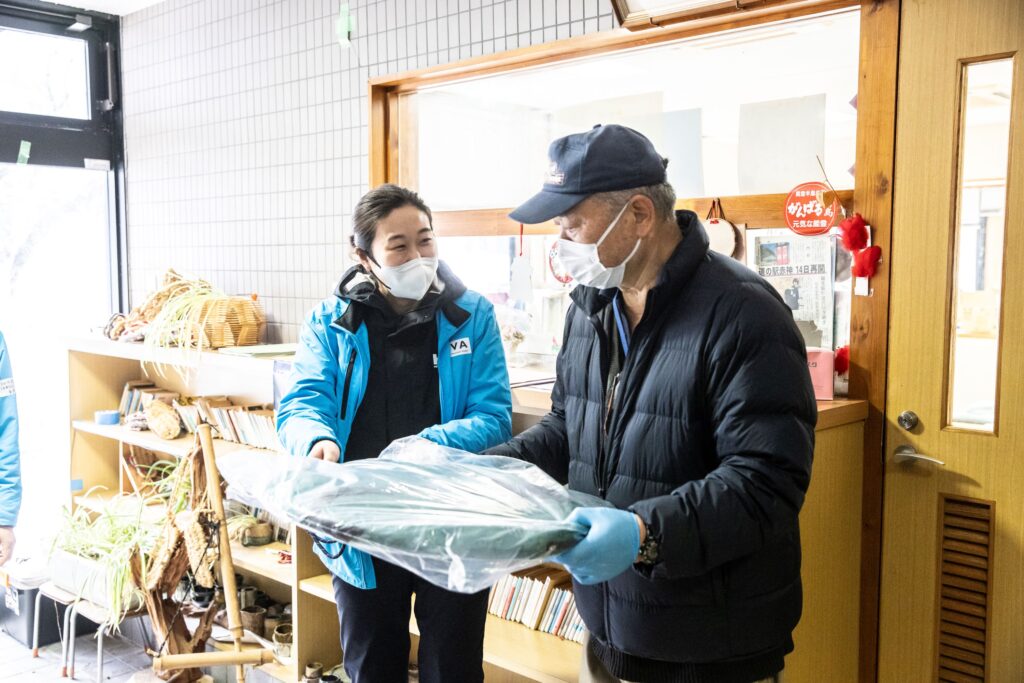
(Photo: SVA staff supporting Noto Peninsula earthquake response in 2024; photo by Yoshifumi Kawabata)
The Center, in partnership with entities like the Hokuriku Mirai Foundation, has compiled interviews with young women who actively participated in relief efforts during the Noto Peninsula earthquake into a report that is being used for policy recommendations.
[Click here to view the interview report (Japanese)]
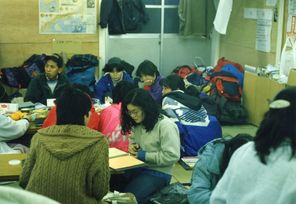
(Photo: The author at center)
Sachiko Asano
Director
Center for Disaster Mitigation & Gender Equality Training (Co-Director)
[Click here to view the original activity report (Japanese)]


